The Role and Structure of Conspiracy Theories in the Discourse of Coronasceptics in Ukraine
DOI: 10.17721/2522-1272.2023.84.10 ![]()
UDC 316.658: 614.4:578.834.1(477)
Petro Zubar, PhD student Educational and Scientific Institute of Journalism, Taras Shevchenko National University of Kyiv,
0000-0002-1538-8218
ABSTRACT
The main objective of the study is to identify the place and structure of conspiracy theories in the communication of Ukrainian coronaskeptics. The methodology included content analysis of 200 videos from the 15 most popular YouTube channels of Ukrainian coronaskeptic bloggers published during the pandemic to identify conspiratorial messages. Message analysis was used to determine their consistency and their place in the overall narrative field. Discourse analysis was employed to define the roles of YouTube channel authors in shaping this field.
The results revealed eight most common conspiratorial messages that are consistent with each other and form a single narrative field of a global conspiracy theory. Some of these messages are fundamental, while others are auxiliary.
The findings suggest that conspiratorial messages play an important role in the communication of Ukrainian coronaskeptics: they are present in more than half of the analyzed videos, and some authors spread all identified messages. A significant portion of these messages is connected to the Russian strategic narrative and the emerging “sovereign citizens” movement.
The significance of the study lies in better understanding the anti-vaccination discourse in Ukraine and creating a basis for developing a counter-narrative that will contribute to more effective combating disinformation and conspiracy theories in the Ukrainian media space.
KEYWORDS: discourse; bloggers; YouTube channels; media literacy; narrative; conspiracy theory; conspiracy beliefs; manipulativeness; COVID-19; social media.

